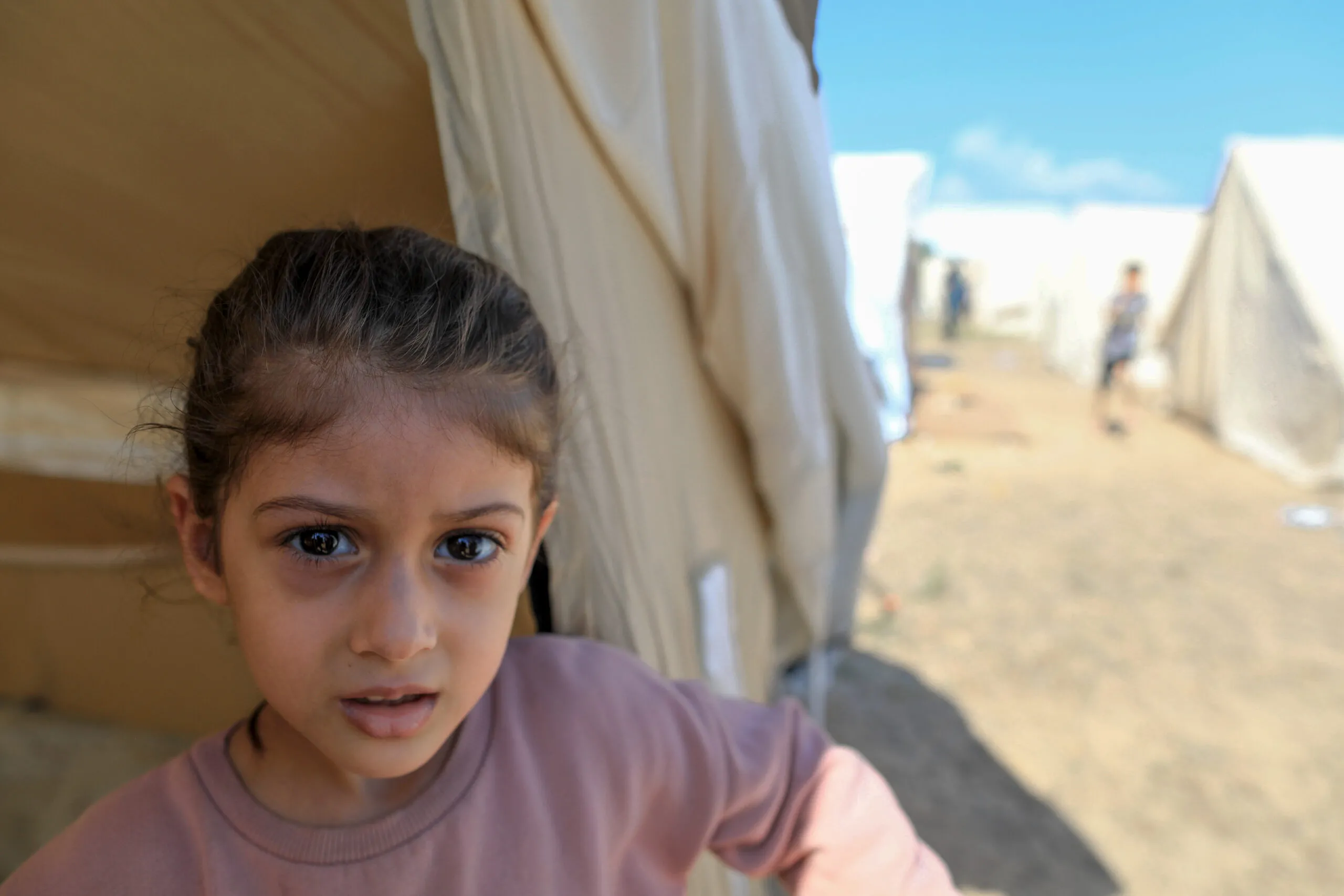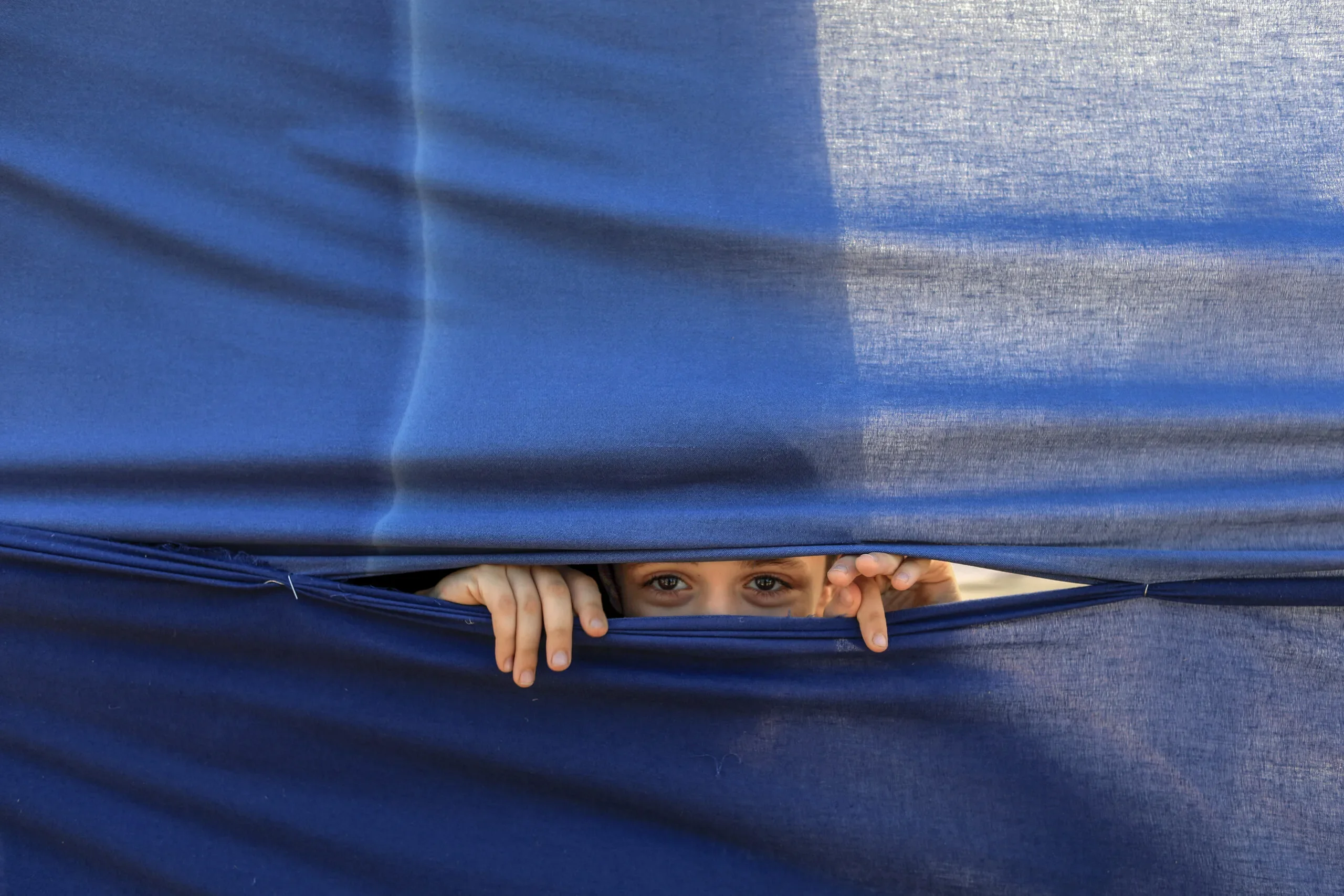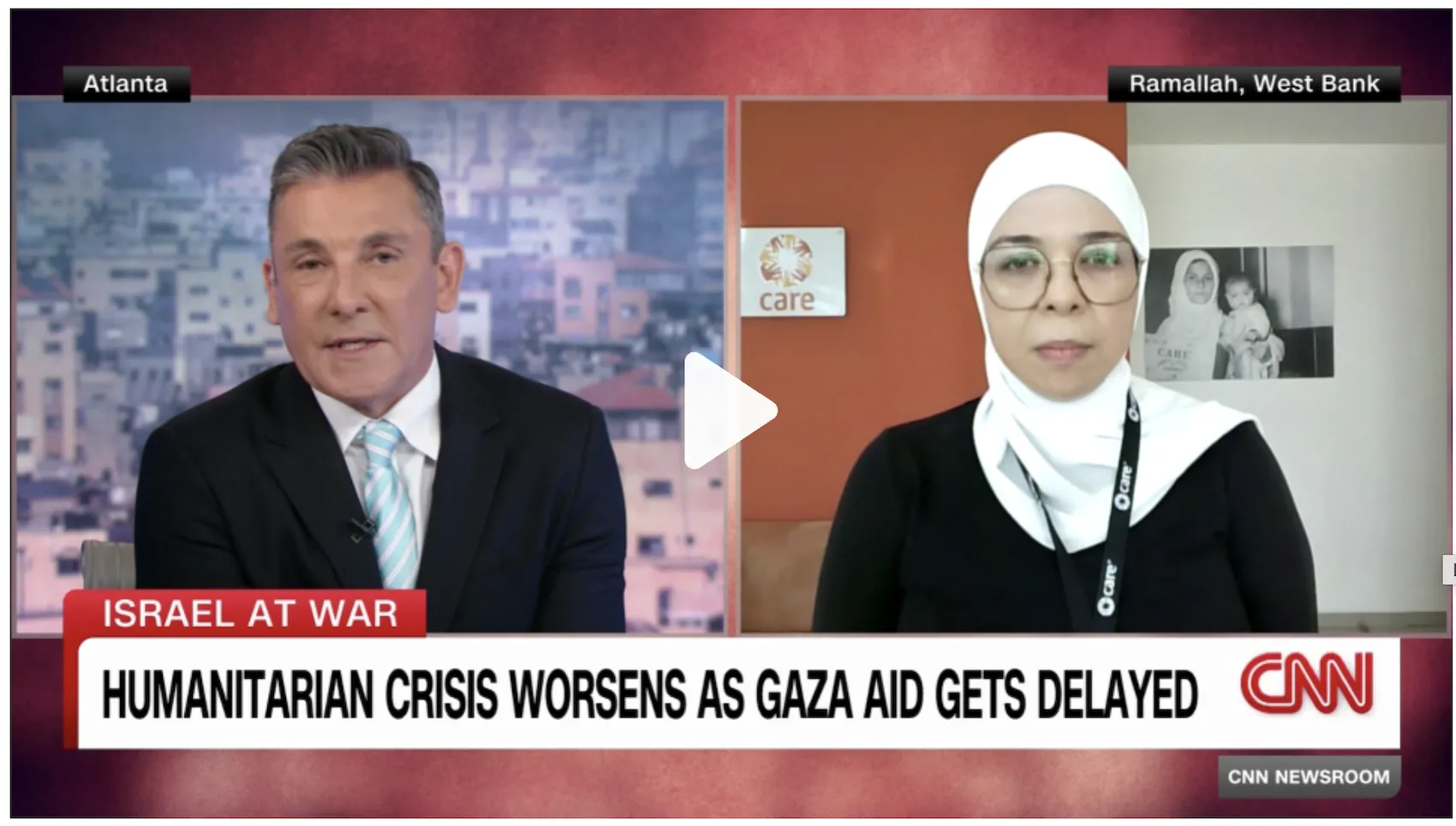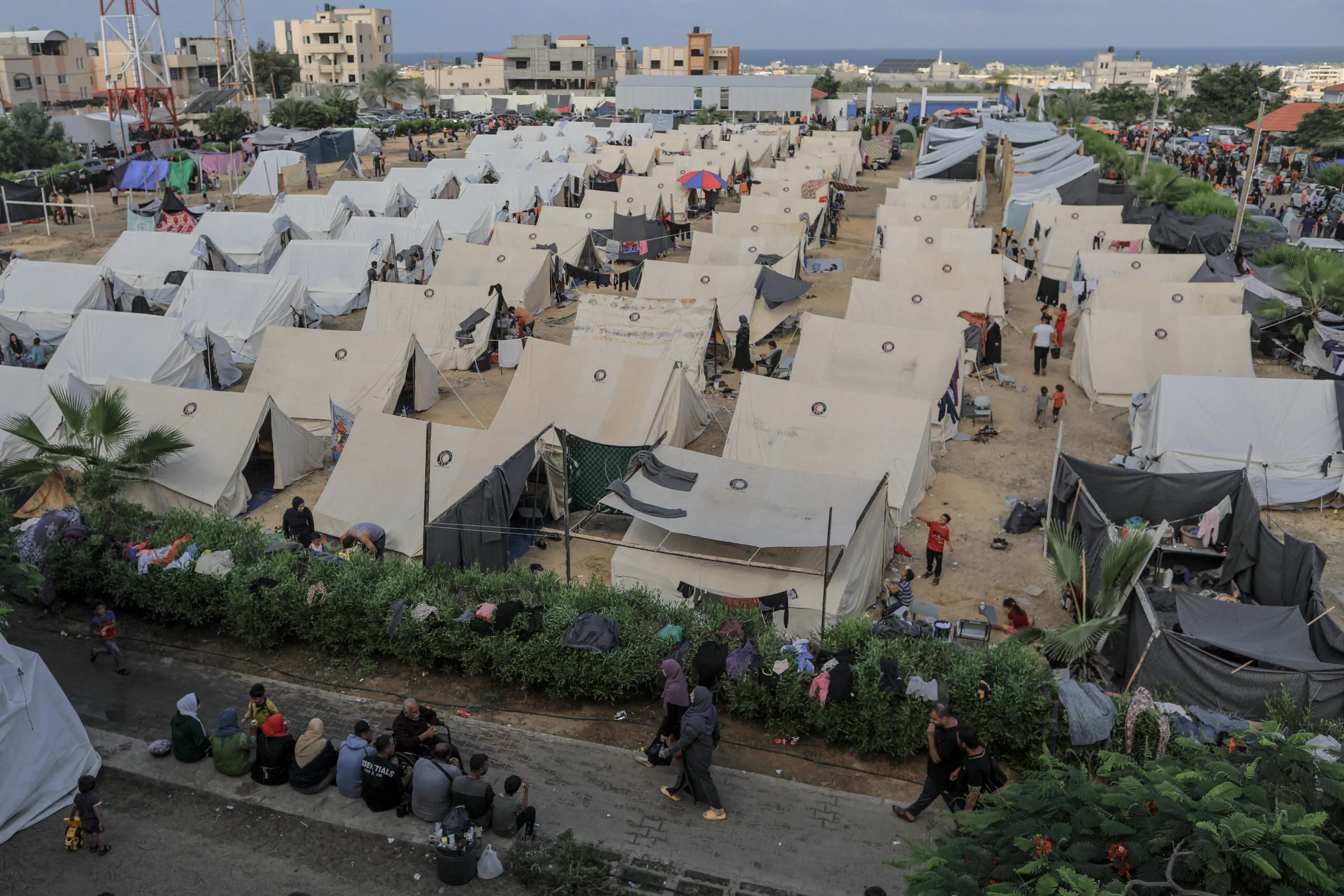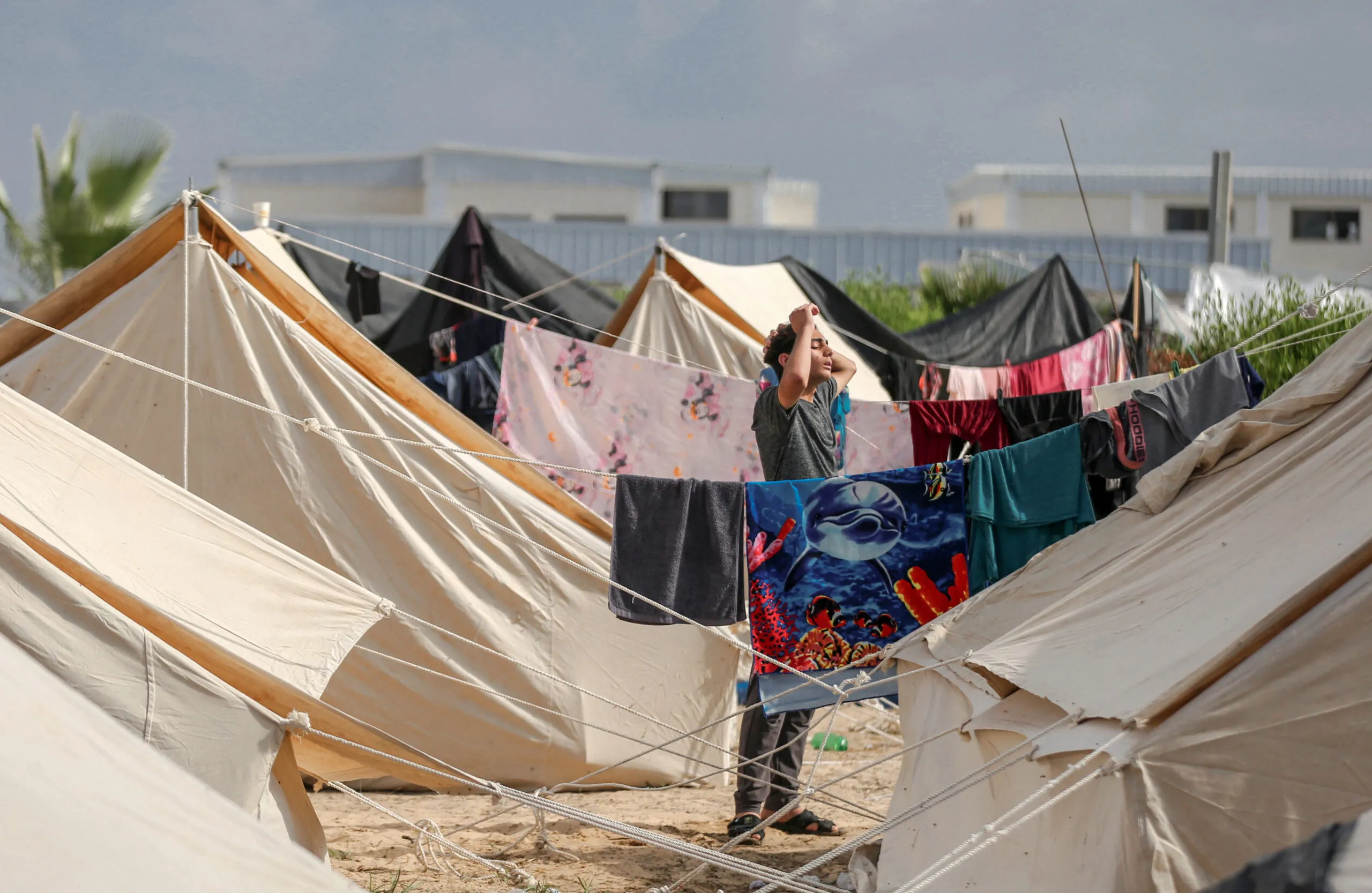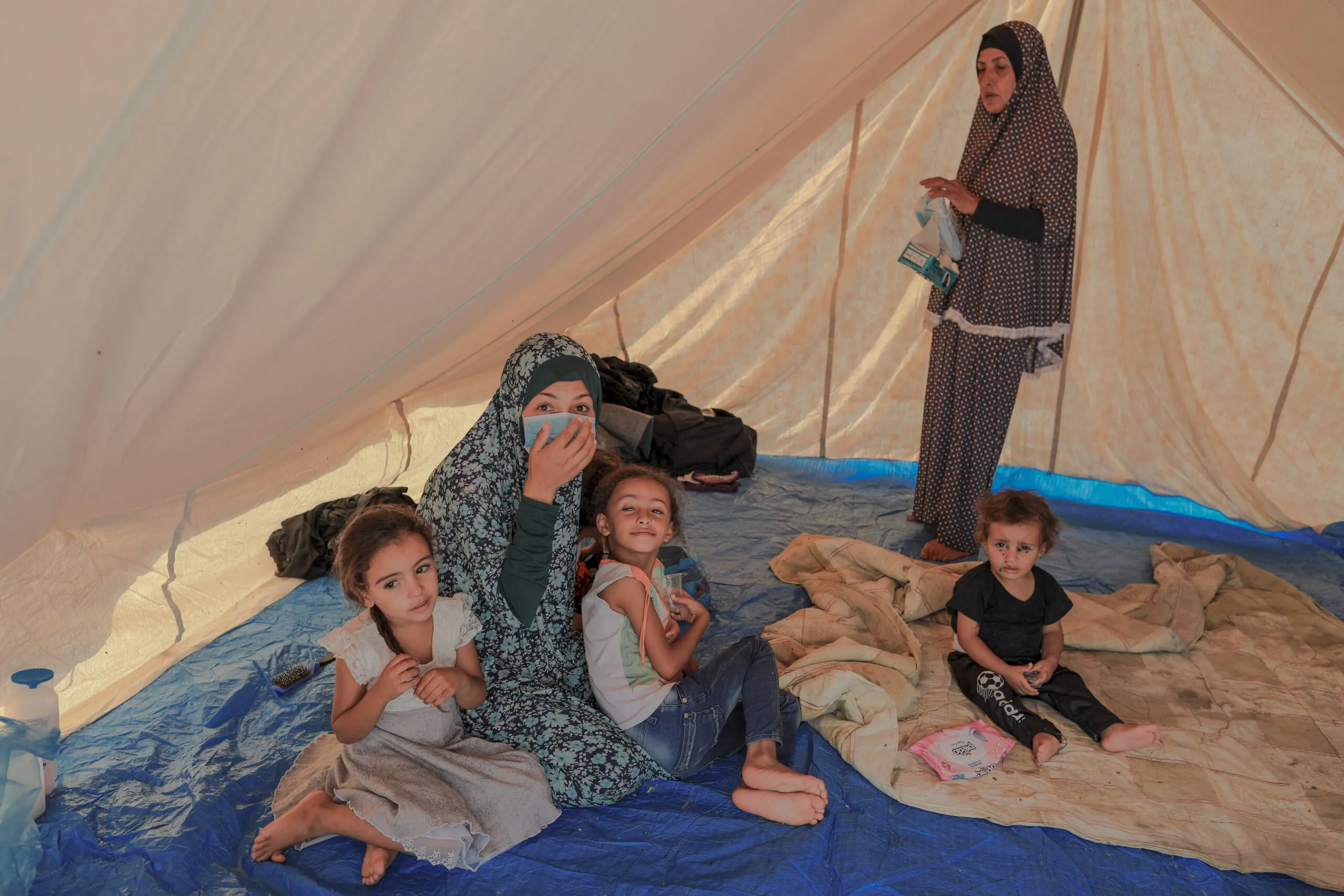Conflict is not gender neutral
CARE’s work around the world has repeatedly shown that conflict is not gender neutral. Protracted conflicts like the one in Gaza often create a landscape of multidimensional and intersectional vulnerabilities for diverse groups, compounding over time, specifically around access to food, mobility, poverty, education, protection, and employment.
CARE research has shown over and over that these vulnerabilities disproportionately affect women and girls.
Gaza is no different.
“The situation for children is for me, as a woman and a human, the worst. It breaks my heart,” Hiba told the Norwegian daily Aftenposten.
In the temporary shelters, the overcrowding and the lack of privacy present significant safety and protection risks for women and girls, and the dire conditions heighten risks of gender-based violence.
Unaccompanied women, the elderly, people with disabilities, and children have unique and urgent needs and vulnerabilities, both relating to the current conflict and due to structural gender discrimination, including laws placing women under the protection and guardianship of men.
These structures and social norms make women and girls more likely than men to be living in sub-standard temporary shelters when displaced and increase the risks of gender-based violence (GBV), sexual exploitation, and abuse.
The electricity blackout conditions and the absence of public and private partitions within the shelters also heighten already amplified levels of fear and insecurity.
Emergency C-sections & vinegar for disinfectant
Without fuel, the sole power plant in Gaza shut down on Oct. 11, leaving essential lifesaving health services for the most vulnerable and critical sanitation and water services to rely on generators operating on limited fuel, exacerbating already fragile living conditions in Gaza.
“Some of the doctors we are in touch with are using vinegar for disinfection, they can’t fulfill the minimal anesthesia requirements,” Hiba said. “They are treating people on the floor, outside the hospital. They are very tired. But still they go on with their work with outstanding courage.”
As of Friday, 30 percent of all hospitals and nearly two thirds of clinics had shut down for lack of electricity or structural damage.
Over the weekend, CARE received reports from the medical personnel it works with in Gaza that pregnant women are being forced to undergo emergency C-sections without anesthetics, and that women are being discharged within as little as three hours after giving birth.
An average of 160 pregnant women are expected to give birth every day over the next month in Gaza. CARE’s latest Rapid Gender Analysis warns that the dire conditions are exacerbating the risk of maternal and newborn mortality, which are already disproportionately high in Gaza.
“My biggest fear,” Hiba told The New York Times, “is that the bombing of Gaza won’t be the biggest threat, but that diseases and dehydration will be the bigger threat.”

